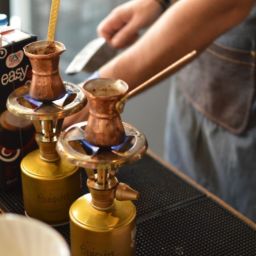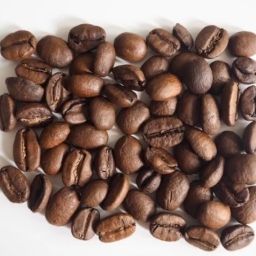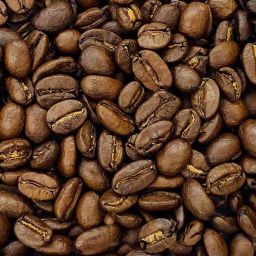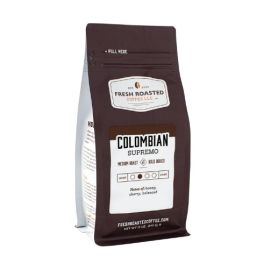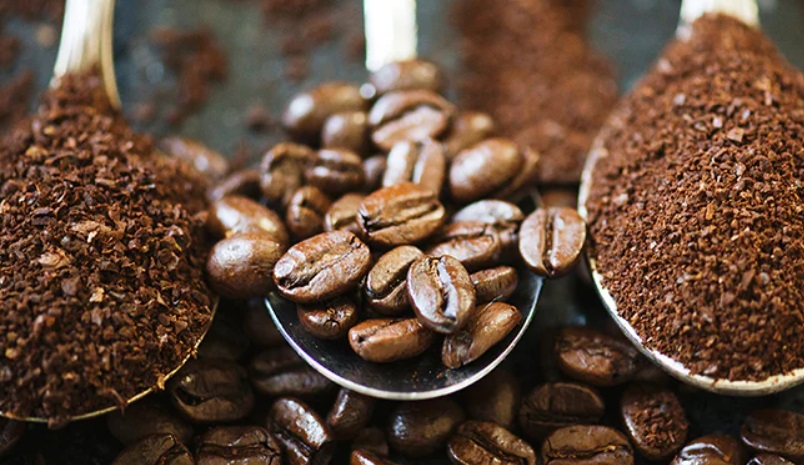
Colombian coffee is renowned globally for its rich quality and complex flavor profiles, making it a favorite among coffee lovers. The coffee beans from Colombia are predominantly Arabica, known for their smooth, sweet flavors that often contain hints of nuts, chocolate, and fruit. The unique climate across Colombia’s diverse landscapes provides ideal growing conditions for these beans, contributing to their distinct taste.
Colombia boasts several coffee-growing regions, each with its own unique characteristics. The mountainous regions of Huila, Antioquia, and Tolima are particularly famous, offering rich volcanic soils and perfect altitudes for coffee cultivation. These factors come together to produce beans that are balanced, with just the right amount of acidity.
Is Colombian Coffee Dark Roast?
Colombian coffee is not typically dark roast by default. The country’s coffee culture and cultivation practices have historically favored medium roasts that best capture and highlight the intrinsic qualities of the bean—its mild acidity, aromatic complexity, and balanced flavors. While Colombian coffee is available in a range of roasts from light to dark, the standard remains a medium roast. However, dark roasts are available and popular among those who prefer a richer, more robust flavor profile.
Key Takeaways
- Roast Levels Vary: Colombian coffee is available in a range of roasts from light to dark, with medium roasts being the most common to highlight the bean’s natural flavors.
- Flavor Profiles: Light roasts are fruity and vibrant, medium roasts are balanced with notes of caramel and nuts, and dark roasts are bold and smoky.
- Brewing Methods: Light roasts excel with pour-over methods, medium roasts do well in drip coffee makers or Aeropress, and dark roasts are best brewed with a French press.
- Food Pairings: Light roasts pair well with citrus or almond pastries, medium roasts with pancakes or oatmeal cookies, and dark roasts with chocolate desserts or cheesecake.
- Caffeine Content: Dark roasts typically have slightly less caffeine than lighter roasts due to longer roasting times.
- Storage Tips: Store Colombian coffee beans in an airtight container at room temperature, away from light, heat, and moisture to maintain their freshness.
Understanding Colombian Coffee Roasts
When it comes to roasting, Colombian coffee offers a wide spectrum that caters to diverse palates. While Colombian coffee is often associated with a medium roast, which preserves its intrinsic flavors, there are also light and dark roasts available. Light roasts highlight the coffee’s natural acidity and fruity undertones, making them ideal for those who enjoy a vibrant flavor profile.
Dark roasts, although less common as a standard in Colombia, are certainly available and bring out bolder, richer flavors in the beans. These roasts often have a smoky taste and a reduced acidity, which can appeal to those who prefer a hearty, robust cup of coffee. Contrary to popular belief, dark roasts do not necessarily mean stronger caffeine content; in fact, they typically contain slightly less caffeine than lighter roasts.
The Flavor Profile of Colombian Dark Roast Coffee
Dark roast Colombian coffee is known for its bold, rich flavors that differ significantly from its lighter counterparts. The roasting process for dark roasts involves longer roasting times at higher temperatures, which results in a coffee that has less acidity and deeper flavors. This type of roast typically produces a cup with notes of chocolate, nuts, and a hint of smokiness, with a full body and a smooth, sometimes charred finish.
In comparison, lighter roasts of Colombian coffee tend to preserve the bean’s natural flavors, which can include bright acidity and notes of fruits, nuts, and caramel. These roasts are often more aromatic and vibrant, showcasing the diverse flavor profiles that Colombian beans are known for.
Best Methods to Brew Colombian Coffee
Brewing Colombian coffee effectively depends largely on the roast and personal taste preferences. For lighter roasts, methods that highlight its natural acidity and fruity notes are ideal. The pour-over method, for instance, is excellent for this purpose. It allows precise control over the brewing time and temperature, ensuring that the subtle flavors are well-extracted.
For those who enjoy medium roasts, the drip coffee maker is a reliable choice. It provides a consistent brew that brings out the balanced flavors typical of Colombian medium roasts, such as caramel and nutty notes. Experimenting with the water temperature around 195°F to 205°F can enhance flavor extraction.
For dark roast lovers, the French press method works wonders. It brews a rich, full-bodied coffee, allowing the bold, smoky flavors to come through beautifully. A coarser grind and a brewing time of about four minutes will help avoid over-extraction, which can lead to bitterness.
Pairing Foods with Colombian Coffee
Pairing food with Colombian coffee can greatly enhance both the eating and drinking experience. For light roast Colombian coffee, which often carries hints of citrus and nuttiness, consider pairing with lemon or almond pastries, which complement the coffee’s brightness and light body.
Medium roast Colombian coffee, with its balanced flavor profile featuring notes of chocolate and nuts, pairs wonderfully with chocolate croissants or banana bread. These combinations can enhance the inherent sweetness and rich flavors of the coffee.
FAQs
Is dark roast coffee stronger?
Contrary to popular belief, dark roast coffee is not necessarily stronger in terms of caffeine content. The strength in flavor, characterized by a bolder and sometimes smokier taste, can often be mistaken for higher caffeine levels. However, during the roasting process, dark roast beans actually lose some caffeine, making them slightly less potent than lighter roasts in terms of caffeine concentration.
What is the caffeine content in Colombian dark roast?
The caffeine content in Colombian dark roast can vary depending on the bean and the specific roast level, but generally, it’s slightly lower than in lighter roasts. This decrease is due to the extended roasting time, which breaks down more of the caffeine. While the exact amount can vary, a typical 8-ounce cup of dark roast coffee might have slightly less caffeine than its lighter roast counterpart.
How to store Colombian coffee beans?
To preserve the freshness and flavor of Colombian coffee beans, they should be stored in an airtight container away from direct sunlight, heat, and moisture. It’s best to keep them at room temperature. Avoid storing coffee in the fridge or freezer as the fluctuating temperatures can cause condensation and degrade the oils and flavors of the beans.
Final Thoughts
Colombian coffee is celebrated for its diverse roast profiles, ranging from light to dark. Light roasts are known for their vibrant acidity and fruity flavors, medium roasts offer a balanced profile with notes of caramel and nuts, and dark roasts provide a robust flavor with reduced acidity and smoky undertones.
Colombian coffee stands out on the global stage due to its high quality and unique flavor profiles derived from the country’s varied climates and altitudes. Whether you prefer a light, medium, or dark roast, Colombian coffee offers a rich and satisfying experience that caters to a wide array of coffee enthusiasts, highlighting the craftsmanship and tradition of Colombian coffee farmers.


